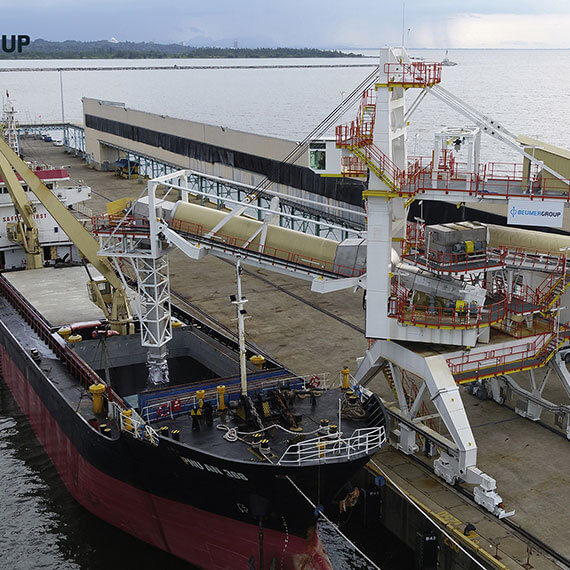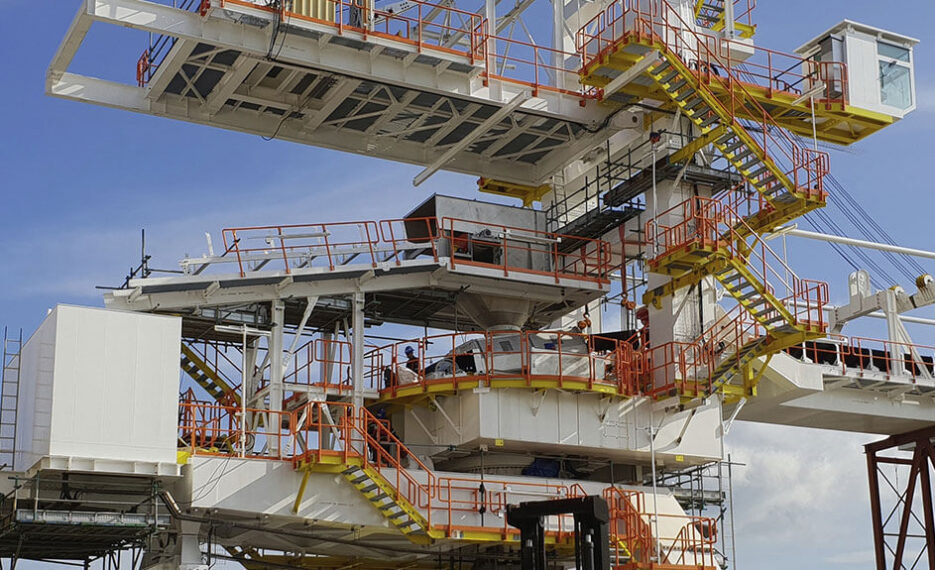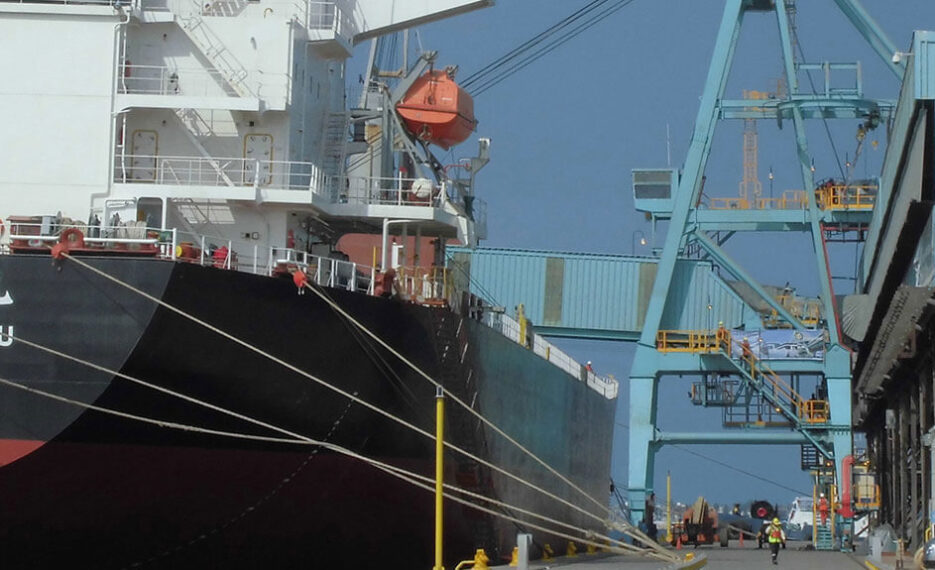
Ore Mining Logistics: From the Mine to the Ore Processing Plant
Between the mine and the processing plant are often great distances. It's good that we, as a system provider, have made it our task to develop fast ore logistics to cover a lot of ground. Systems for mixing, storing and safely loading bulk materials into ships, freight trains and lorries complete our portfolio. With a view to economic efficiency, low environmental impact and long operation lifetimes, we are constantly developing our systems for transporting ore of all grain sizes. Feasibility studies, engineering, from the delivery of systems through to the operation of the terminal - we accompany every phase of your project - worldwide.

How are ores transported for processing?
With our conveyor technology, the logistics of ores and ore minerals begin directly after mining. The rocks are transported to the warehouse via belt conveyors that are kilometers long. Our troughed belt conveyors make easy work of rough terrain, winding stretches, inclines and declines. When the ore is descending, the belts even produce energy and therefore improve the efficiency of the conveyor system. The tubular belt and troughed belt conveyors extend over 20 kilometers and more and ensure rapid transport of iron ore to intermediate storage or processing plants. In the metal extraction plants, flotation is used to separate the waste rock and unusable minerals known as gangue from the ore.
-
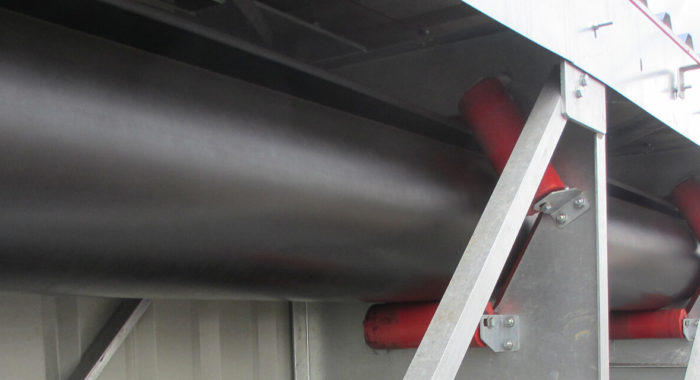
Pipe Conveyors
A pipe conveyor is recommended for sensitive products such as granulate or raw materials, which have to be protected from the elements.Details -
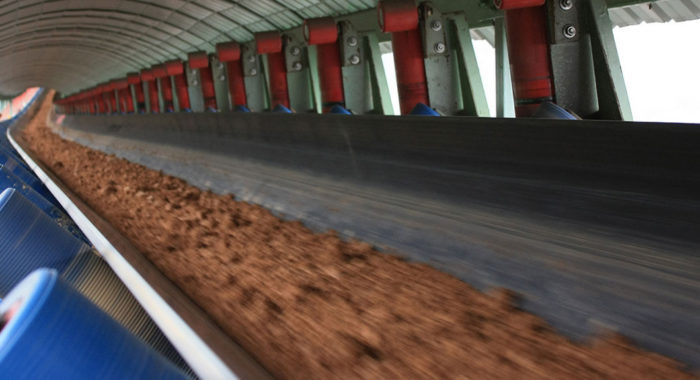
Troughed Belt Conveyors
Open troughed belt conveyors transport bulk goods, e.g. for cement manufacture, quickly across large distances and rough terrain.Details
Storage in Stockpiles
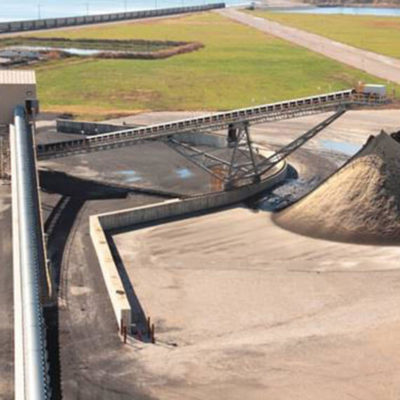
The stockpile storage sites are used to temporarily store the ores and rocks in order to control the flow of raw materials. The continuous filling and, if necessary, emptying of the storage location determine the total capacity required. The stockpiling and reloading capabilities will also require the storage points logistics to be adjusted accordingly. We, the BEUMER Group, take care of the complete engineering of the ore storage facility and offer stackers and rear loaders for mines. But which factors play a role in the planning of the storage site?
Longitudinal storage
The space available on site and the volume of coarse and fine ores to be stored provide information on which storage form is best. Longitudinal storages are usually the first choice for large volumes of one million tons or more. Additional passive storage offers future expansion options. However, they cannot be filled and emptied continuously.
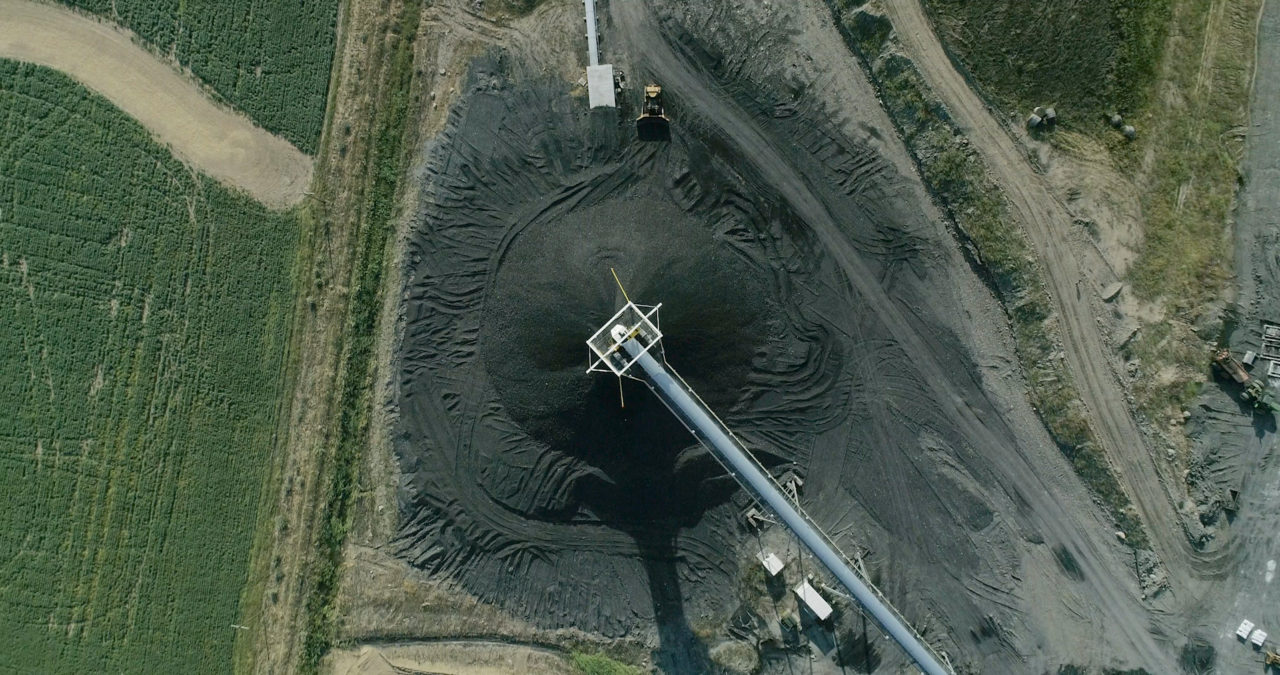
Circular storage
Circular storage facilities reach the limit their capacity at 100,000 tons. Unfortunately, later expansions to the storage facilities are not possible. However, circular storage offers a great advantage. The active storage volume is higher than that of longitudinal storage. Active means that ores can be stored and stacked at the same time. The stacking capacity is 2,500 tons per hour and up to 1,500 tons are moved during destacking.

Spreader for stockpiling
The ores and ore minerals are deposited by so-called spreaders. Spreaders are devices with booms that pile up the bulk material to form mountains. Depending on the size of the stockpile cross-section and the desired output, the stockpiling is done with the help of a simple transfer car or a lift able and swiveling spreader. Circular storage facilities require a centrally fixed spreader with a rotary axis, which distributes the ores via pivoting movements of the conveyor bridge. The spreaders move on rails in longitudinal stores. In this way they reach the entire length of the storage facility. Lifting or swiveling booms store the ores fully automatically and ensure a steady flow rate. Our spreaders can easily cope with outside temperatures as low as -20 degrees Celsius. With boom lengths of 41 meters and belt widths of 1.6 meters, the device transports 2,250 tons of ore per hour.
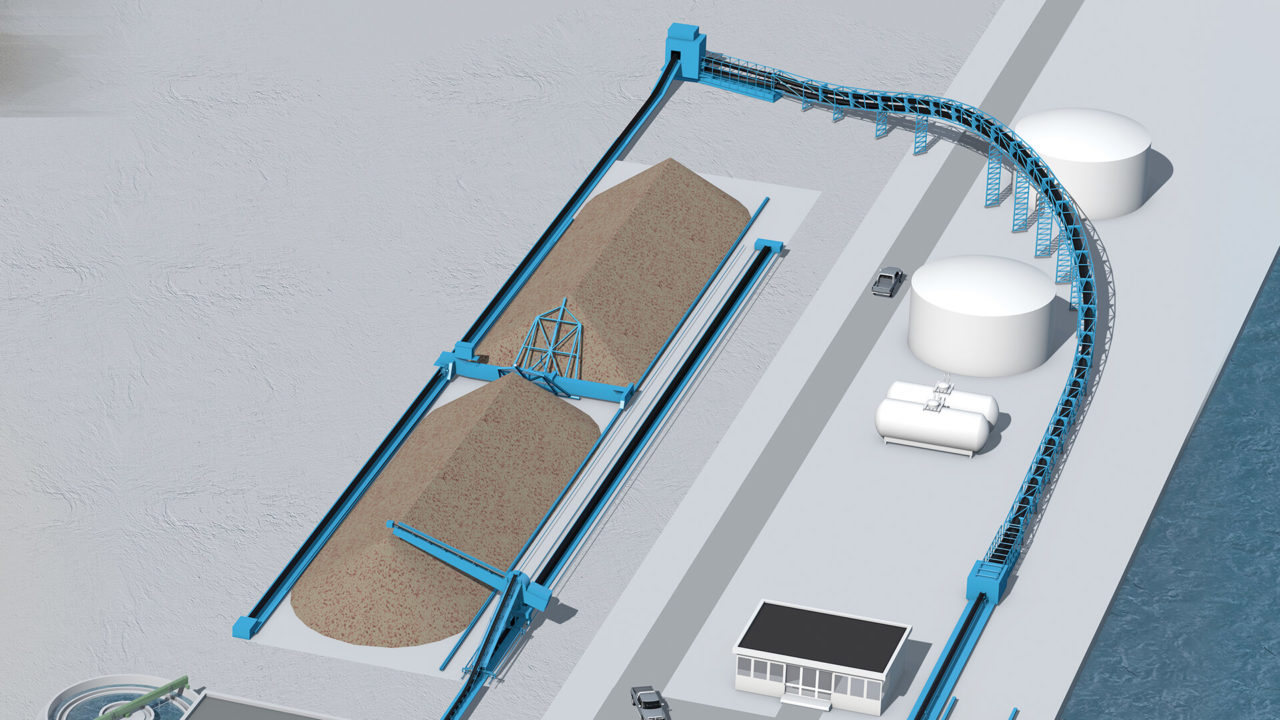
Bridge scraper for removal
The ores are removed from storage by bridge scrapers or retainers. Scraper chains push the ores lengthways onto conveyors belt that run parallel to the ore stockpile. The removal from the front is done by rakes with small lateral movements. The ore begins to slide and scraper chains pick up the bulk material and transport it onto conveyor belts. The portal scraper spans the longitudinal store as a restraining device and removes the ore in layers from the side bank. An additional lateral scraper is, for example able to transport ores from a second longitudinal stockpile into the plant. We have already designed systems that can convey up to 1,100 tons of ore per hour with a bridge width of 55 meters. Our robust systems cope with ambient temperatures as low as -40 degrees without difficulty.
-
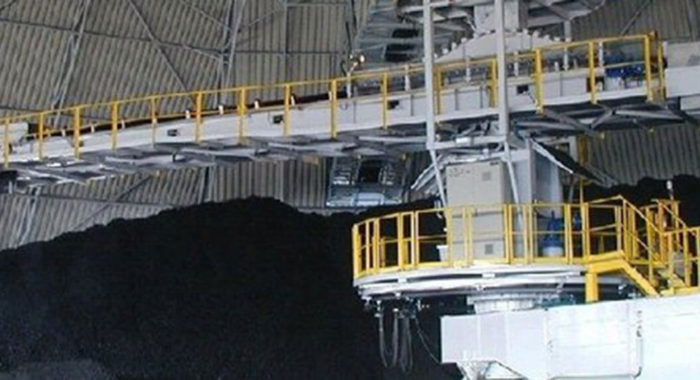
Blending Bed
A blending bed is used for storage and homogenisation of raw materials such as limestone, clay, coal or mixtures of other bulk materials.Details
Case studies
Loading the ores onto ships
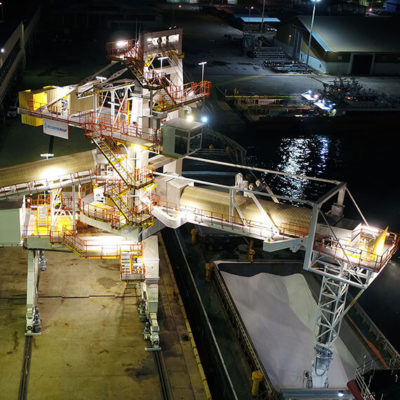
We equip the entire port with conveyor technology for the loading ships. We develop your logistics concept, from the Whole terminal to the loading of inland vessels with ores. Whether it is a quadrant ship loader, a rail-mounted ship loader with lifting and swiveling arms or a permanently mounted loading tower with a telescopic conveyor, we will find the most sustainable solution for your port. Are the ores already crushed? For the low-dust loading of fine ore onto ships, our loading systems are completely encapsulated.
-
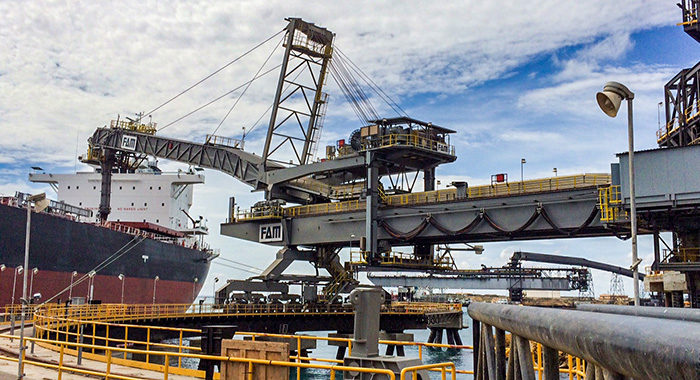
Ship Loader
We offer a variety different systems for ship loading. These systems must fit in the port infrastructure ...Details
Loading into train wagons and HGV

In addition to ore transport by ship, trains and HG vehicles are means of transport that carry ores of all grain sizes on the mainland. The raw materials rush into open trains with little dust Via loading systems for railway wagons. The vertically mounted telescopic loaders can also be enclosed in design to prevent the exchange of dust with the environment. Loose loading heads are best suited for the loading of silo vehicles. In this way we achieve a dust-free and fast process where ore crushing has already taken place.
-
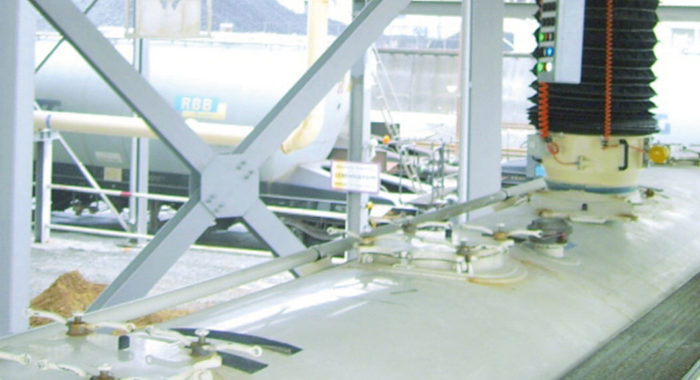
Bulk Loading Heads
Bulk transporter vehicles can be loaded quickly and free of dust with the Beumer bulk loading head.Details -
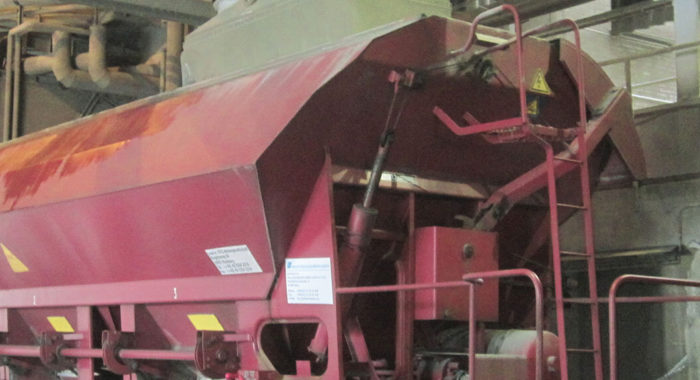
Railway and Train Loading
Railway and Train Loaders maximise the use of the capacity in each wagon while maintaining a high level of efficiency and accuracy and safety.Details
Our References
Meet us at a mining and minerals trade fair

Do you have any questions?
Do you have any questions?
Your Contact Person
Alexander Tigges
Director Global Sales Minerals & Mining
